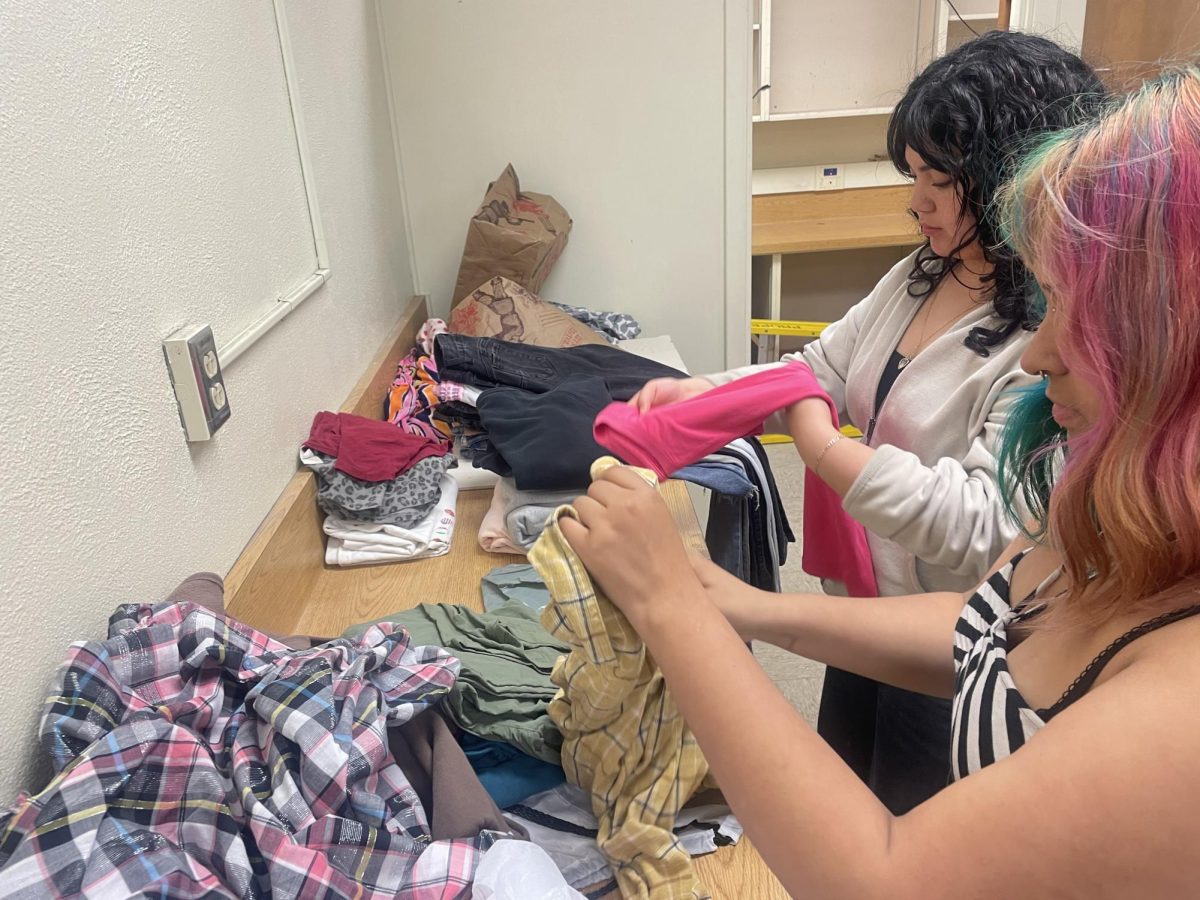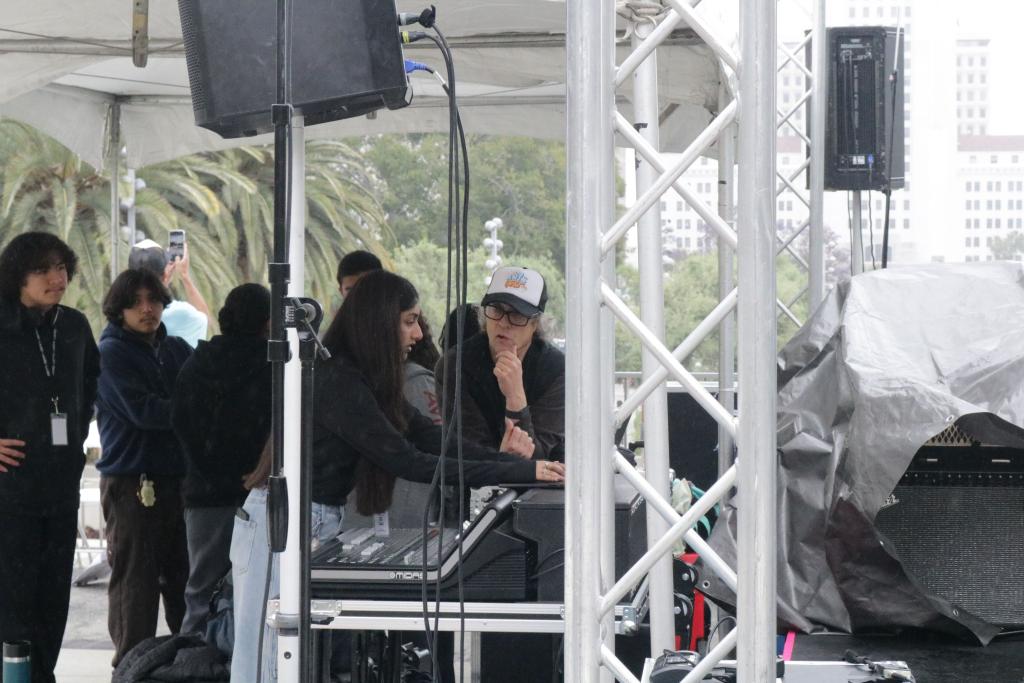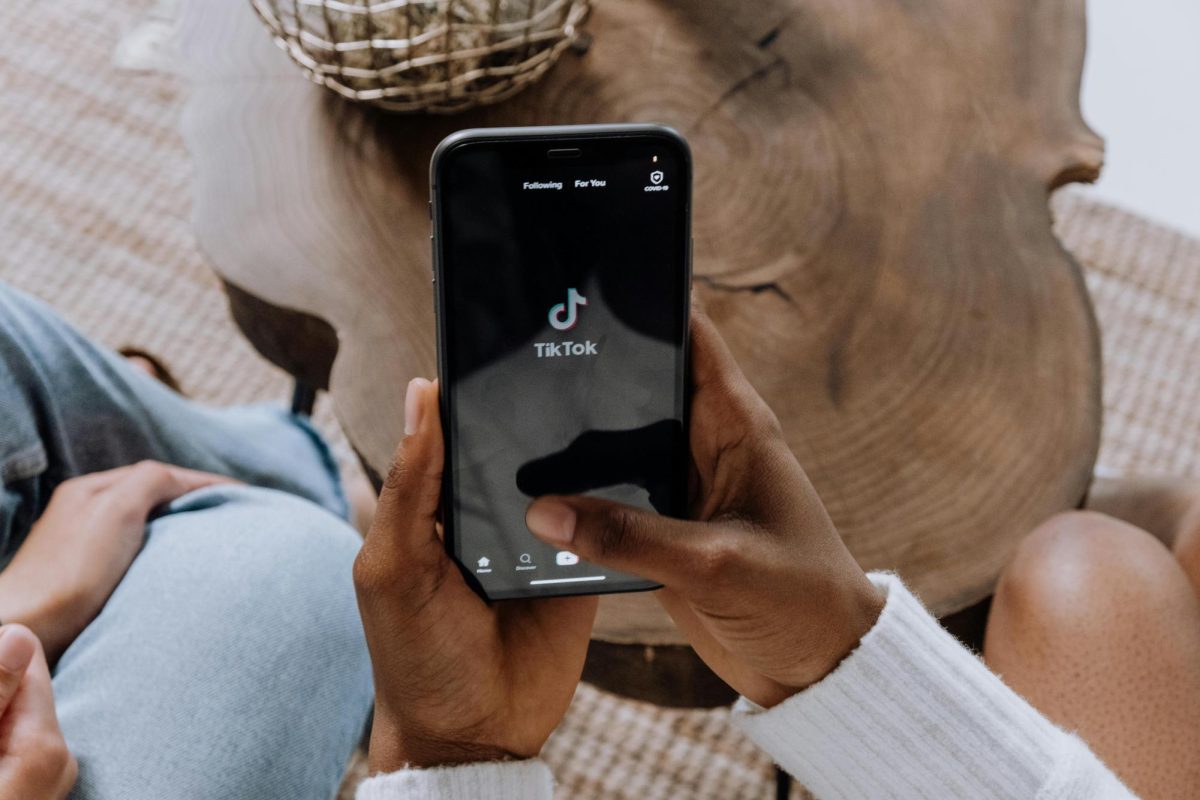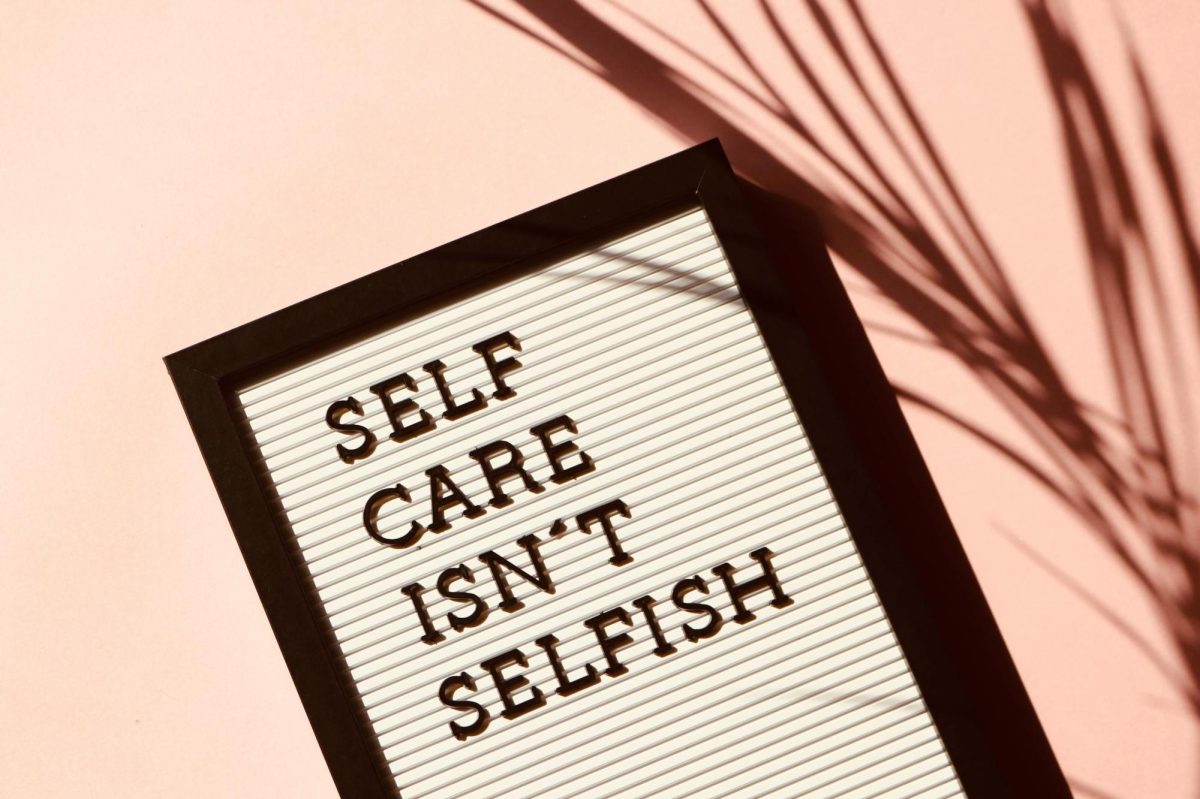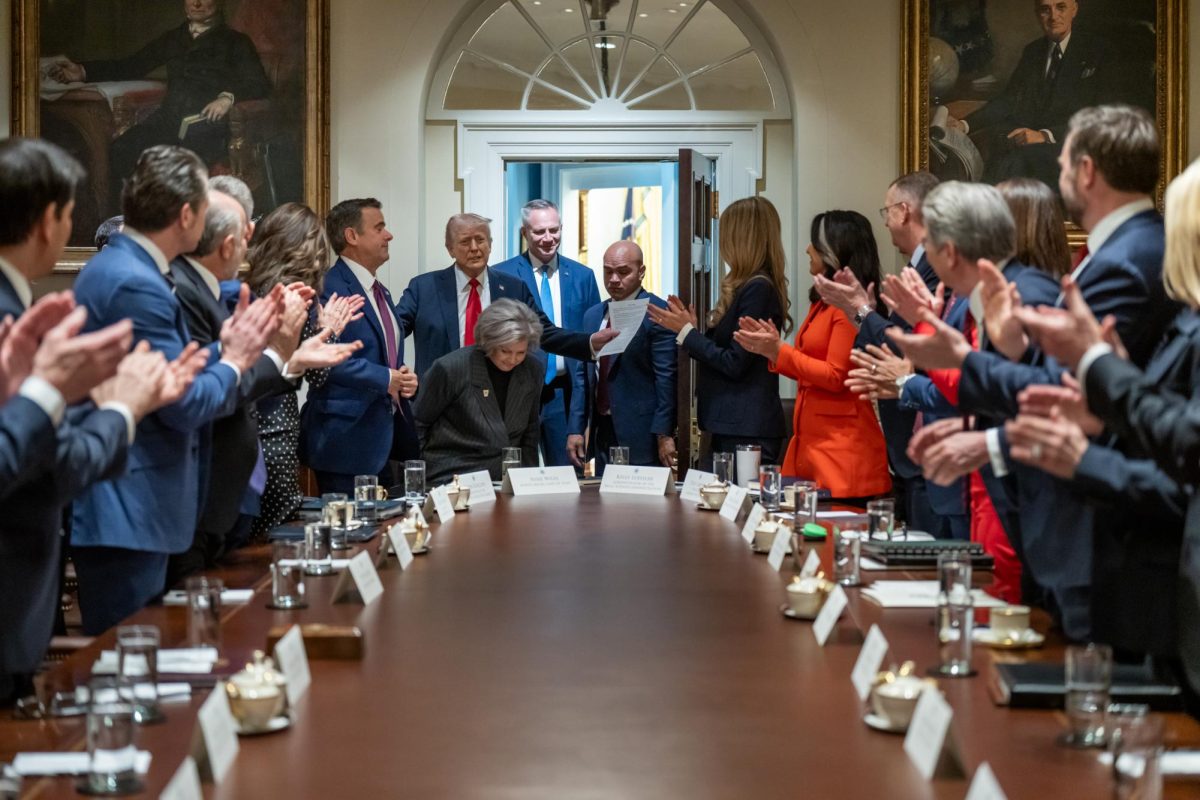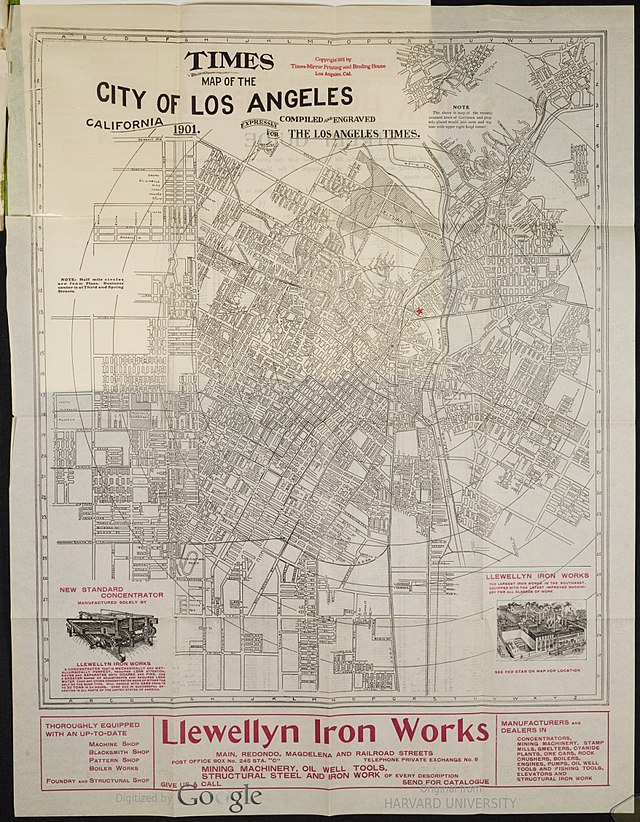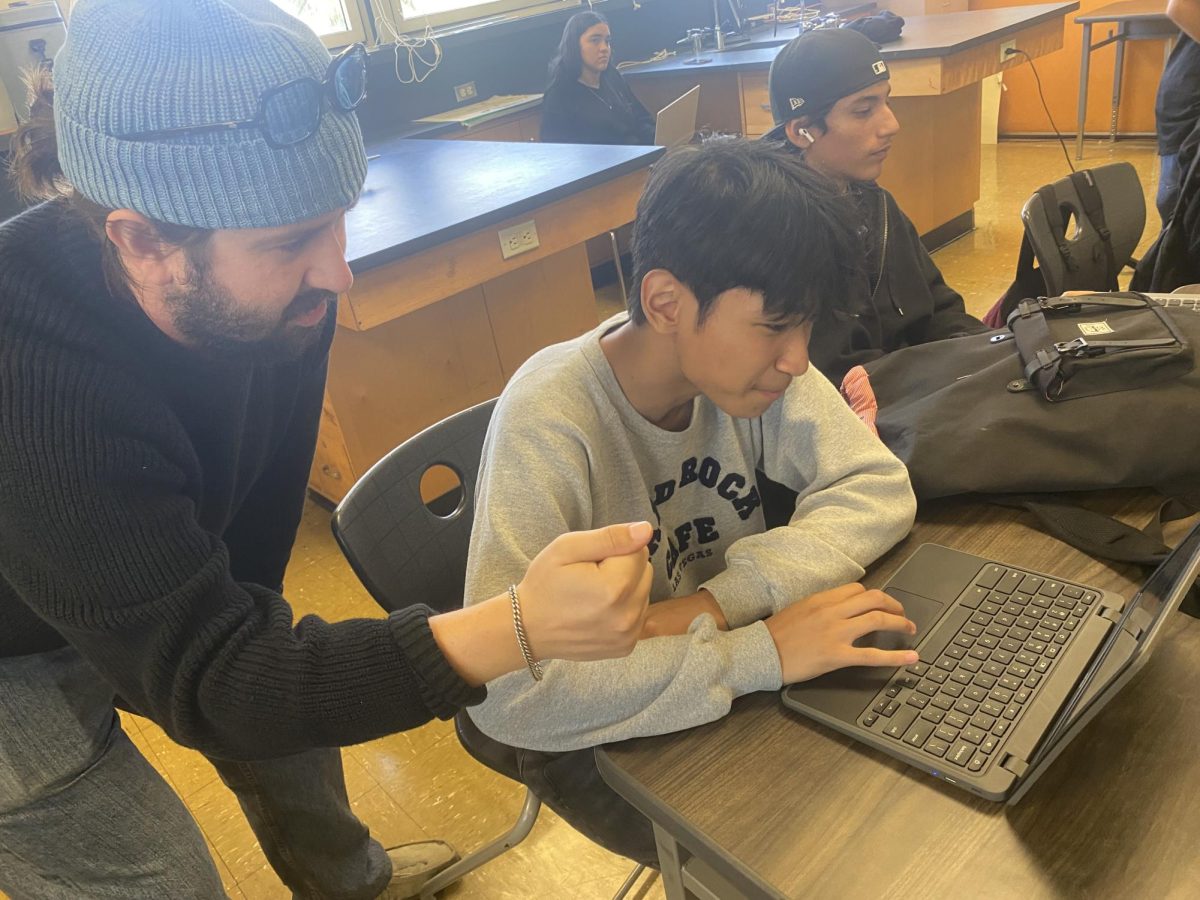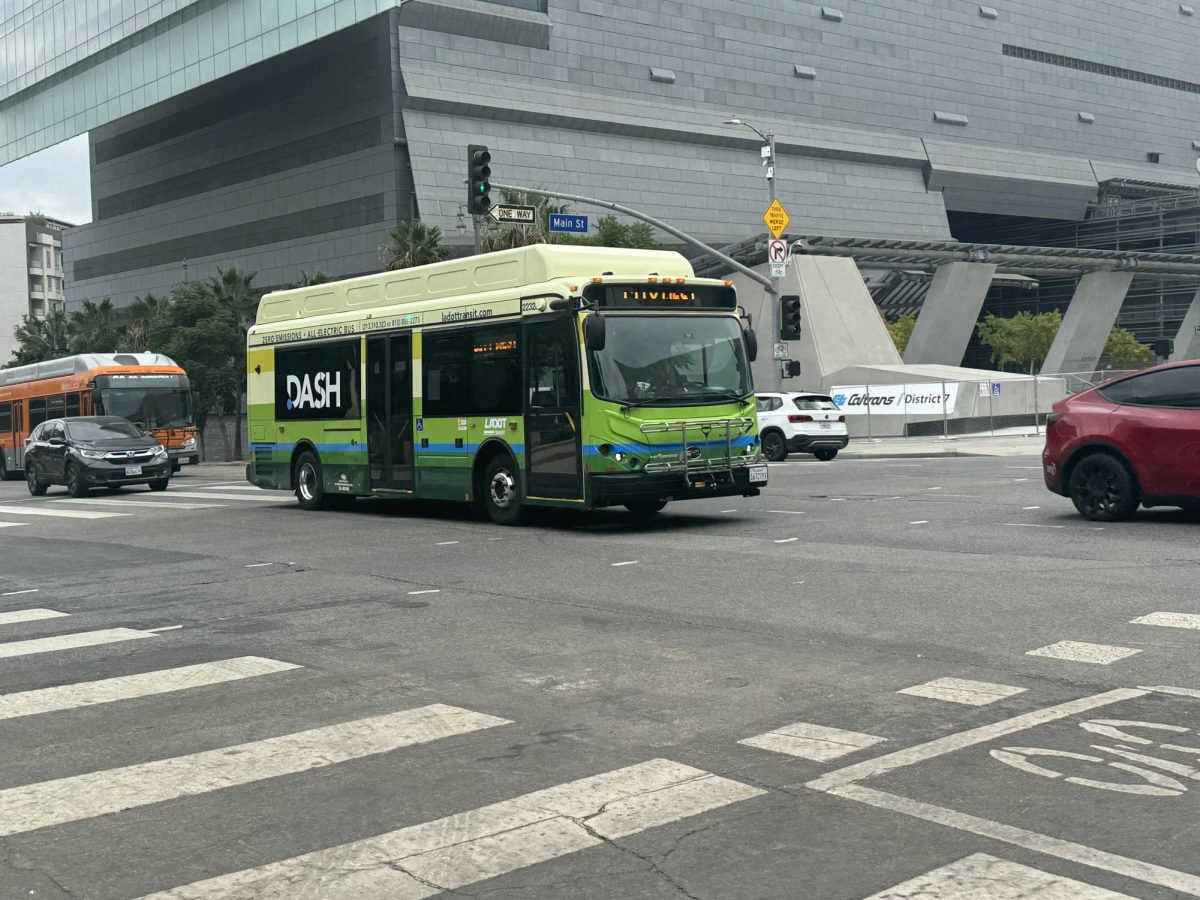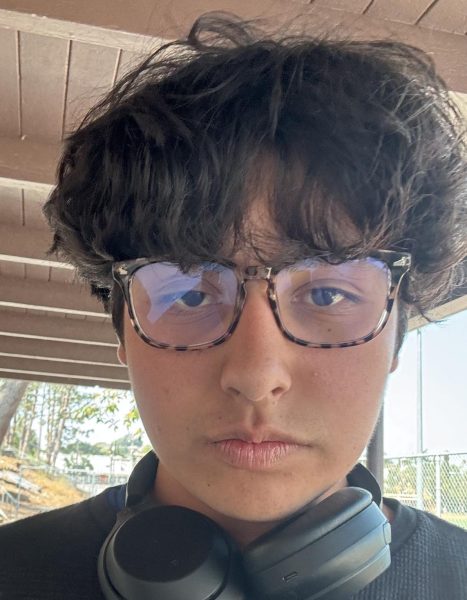You’ve probably seen it yourself: a student scrolling through social media, playing a game, or listening to music instead of focusing on a lesson. Just yesterday, as I walked into my AP Statistics class, I noted that the room of 36 students was dead silent — everybody was on their phone.
To us students, the smartphone has always been a part of life. These devices aren’t just tools for communication, but a source of entertainment and a gateway to modern social interaction. It’s hard to imagine a world without it now, as it has become integral to contemporary society. But, as hard as it may be, they didn’t always exist.
Back in the late 80’s, schools had been overwhelmed with a new technology which posed harm to the education system: pagers. Often called “beepers”, the device that was the size of playing cards received communications through radio signals, alerting the user with a message.
Teenagers across America had purchased one due to its affordability in the 1980s. However, as drug dealers and cartels swiftly began using pagers due to their ability to relay quick, private information, the public’s perception of the device shifted from a distracting teenage craze to a gadget synonymous with drug culture.
Schools jumped to ban the device, and in 1988, California put an end to pagers on campus due to their noise disturbances in classrooms and their connotations with drug use. Many students sided against the ban, arguing that pagers were unfairly connected with the drug trade, and that there were valid reasons for students to have them at school. To their defeat, the battle for pagers at school was over.
Teens still snuck in and hid pagers, disobeying the ban. The pager fad soon died out, eclipsed by the cell phone, and then: the smartphone.
Although the pager ban is a thing of the past, the ban on the devices at schools is eerily familiar to the Los Angeles Unified School District’s proposed cell phone ban in January 2025.
Next year, the school district will become one of the largest in the country to ban the use of phones on all campuses. According to District Board Member Nick Melvoin, the implementation of a phone ban gives students a chance to learn free of distractions.
“Students are just glued to their phones. Texting, walking in the hallways with their face down,” stated Melvoin in an interview with KCAL News in June. “They’re not even talking to each other.”
Melvoin and many other advocates driving this change in policy argue that phones on campuses are a social barrier which limits students’ success in learning together and are associated with deteriorating mental health.
The rise of portable phones and the ability to access any information has definitely led to mental health to slowly but surely go on the decline. More and more teens are becoming insecure (my friend constantly compares himself to bodybuilders with torsos like greek gods), mentally ill, and just morally lopsided where egos and depression are on the rise, and humility and basic human kindness is seen as obsolete.
In an LAUSD regular board meeting on June 18, Board Member Kelly Gonez, another promoter of the cell phone ban, argues that it’s important for the District to “take proactive steps in addressing these challenges when students are in our care, and updating our cell phone policy will help ensure we can focus on learning during the school day.”
A number of students who I have talked to at Marshall agree with the District’s claim that the prohibition of cell phones on school grounds can promote learning and mental health (myself included). I’ve lost count of the number of times where, instead of completing an essay on In Cold Blood, I’ve reached for my phone to watch Payton Talbott get a knockout win over Yanis Ghemmouri. This constant use of screens is stress-inducing and detracts from the amount that students are able to focus.
However, the move to ban phones isn’t practical, and is unfair to students throughout the district.
One of the major problems with L.A. Unified’s proposal is the vagueness of the ban. The last update on the District’s phone ban proposal was in June, and they have yet to address how the ban would be implemented, leaving students, teachers, and parents in the dark. They propose that the ban would be carried out throughout all campuses, but how?
If the District was to pursue an all-day ban, there would be a great deal of phones to supervise and look after, meaning more money would go towards enforcing the ban. If the District were to move towards banning them in classrooms, students may find it difficult to adapt to a phone-free classroom, seeking distractions elsewhere. These key questions are a reason L.A. Unified needs to remain transparent in decision making.
The biggest issue with the phone ban is that students would feel it breaches their right to safety and privacy. It’s a dangerous thing to start banning smartphones campus-wide when not all students are distracted by them. Sure, I do sometimes look at my phone when I don’t want to do work, but eliminating the phone would only shift the distraction onto outside influences. Similar to the beeper bans of the 80s, not allowing students to use their phones is unfair to students who are responsible enough to put away their phones during class, or ones who merely send out one or two texts without getting distracted from lessons.
In addition, by taking phones away from students, there can be more damage done than good in emergency situations. Banning cellphones will only cause more harm due to circumstances that should be thought of when a student is away from the people they need to keep in contact with in case of an emergency. One of my friends uses his phone during school to call their mom, asking when they can pick them up from school for a doctor’s appointment. Many of my peers feel that having a phone allows them to have communication with parents during lockdowns and school shootings — a threat which has become more prominent by the day. By removing a crucial modern way of communication from the students’ hands, parents become impacted by the ban too. I understand the difficulty parent’s feel, trying to communicate with their child about which gate of the school they should meet at.
What troubles me the most with the ban is the fact that I feel violated. The United States Constitution emphasizes the right for an individual to own and control their own property, and the impending ban on smartphones for all District campuses is an extremely restrictive proposition which would suffocate students. Many of my friends (including me) can draw similarities between the potential phone ban and the gun control debates throughout the United States, but guns are lethal weapons — phones aren’t.
Although phones are a distraction in school which serve as roadblocks for learning, the District must acknowledge that taking phones away from students makes us feel neglected. To me, just the thought that I have a phone on me makes me feel assured that I am safe.
I admit, there doesn’t seem to be a solution for the use of smartphones at school that will satisfy everyone. But if the District wants to appease student views, they need to implement a phone policy which prioritizes learning safe and responsible phone use instead of one which limits use entirely.

